|
MARINE
LITTER & PLASTIC POLITICS
PLEASE USE OUR A-Z INDEX
TO NAVIGATE THIS SITE, OR FILTER HOME
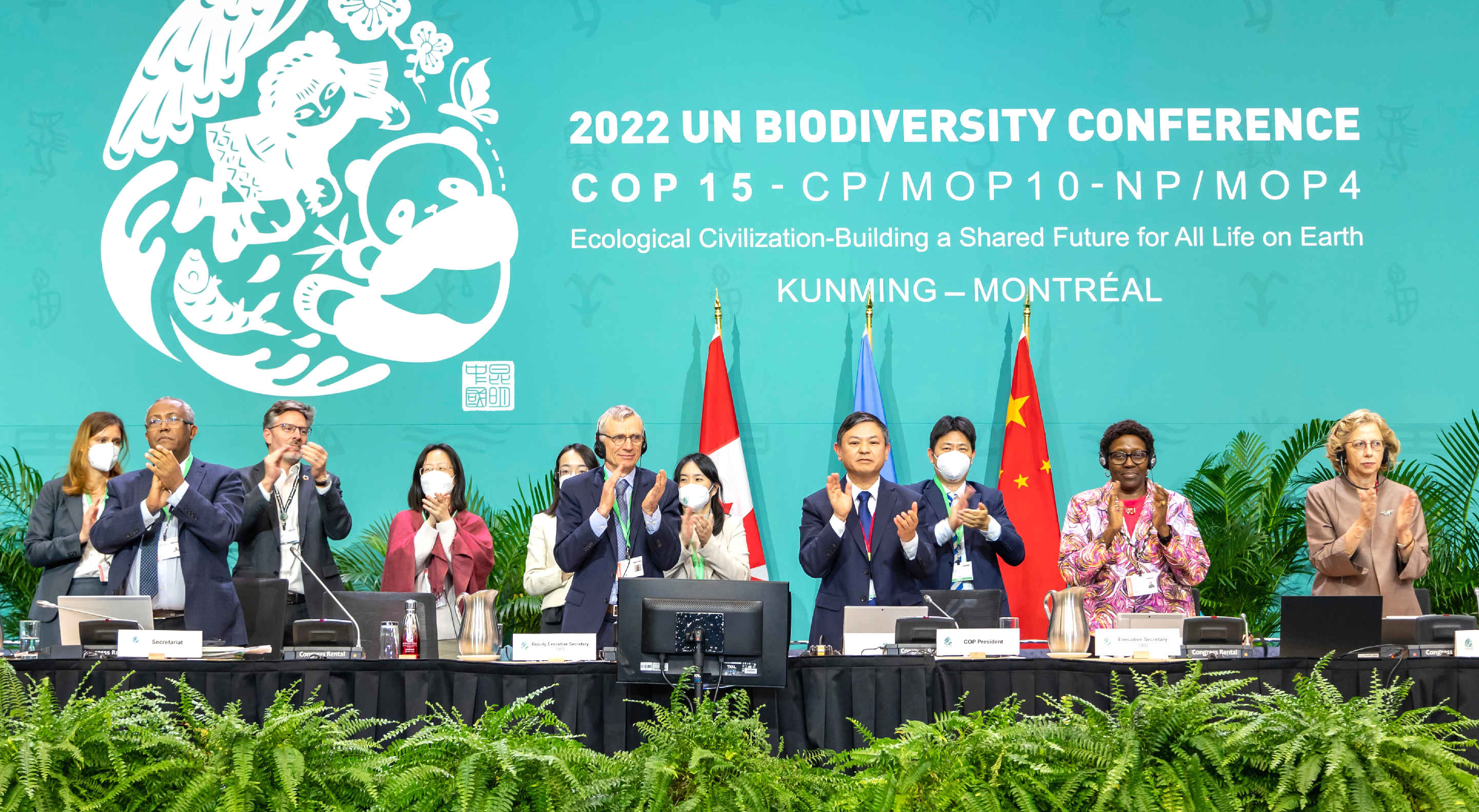
Marine litter is a global concern, affecting all the oceans of the world. Every year, millions and millions of tonnes of litter end up in the ocean worldwide, posing environmental, economic, health and aesthetic
problems - and killing coastal and deep ocean biodiversity.
Poor practices of solid waste management, waste water (including storm water) collection and treatment, lack of infrastructure and awareness of the public at large about the consequences of their actions aggravate substantially the situation.
Cleaning up the oceans is one option, it is however not the most efficient method against marine litter.
And without autonomous solutions like SeaVax,
filtering seawater is simply something that no county could
afford. But as systems like the famous robotic ocean cleaning
machines, will never be funded, the next best thing is to tackle the problem at its
source, ignoring the plastic soup and damage it is doing to
marine life - but the G20 are all about pretending nothing is
wrong with that, so long as it is business as usual. But
really, we need to ban single use plastics.
Marine litter is also one of the clearest symbols of a resource inefficient economy. Valuable materials are polluting our beaches and damaging our environment instead of being pumped back into our economy. Therefore, a
circular economy approach which puts the emphasis on preventing waste and on recycling and reuse of materials and products in the first place, is the
policy solution to the marine litter problem. Hang the damage
being done. It's like smoking, when you have lung
cancer. It will only get worse, unless you do something about
it. But, they cannot kick the habit. Even with the doctors
telling them they are going to die.
COP
15 - DECEMBER 2022
Marine
plastic finally made it onto a UN biodiversity agenda, under
Target 7, but very mildly. With no hard targets. Still, with
the UN's sluggish performance all round, that is akin to
lightning reflexes.
MAIN SOURCES OF LITTER ARE:
Land-based:
- land-fills and littering of beaches and coastal areas (tourism)
- rivers and floodwaters
- industrial emissions
- discharge from storm water drains
- untreated municipal sewerage
Sea-based:
- fishing and
aquaculture
- illegal or accidental dumping at sea from shipping (e.g. transport,
tourism)
- offshore mining and extraction
FACTS
& FIGURES
It is estimated that more than 150 million tonnes of plastics have accumulated in the world's oceans, while 4.6-12.7 million tonnes (from
Jambeck et.al) are added every year.
It is broadly assumed that approximately 80% of marine litter is land-based, with regional fluctuations (for example, in the Northeast Atlantic, shipping and fishing are very important litter sources).
Marine litter can cause serious economic damage: losses for coastal communities,
tourism, shipping and fishing. Taking into account its accumulation and dissemination, marine litter may be one of the fastest growing threats to the health of the world's oceans.
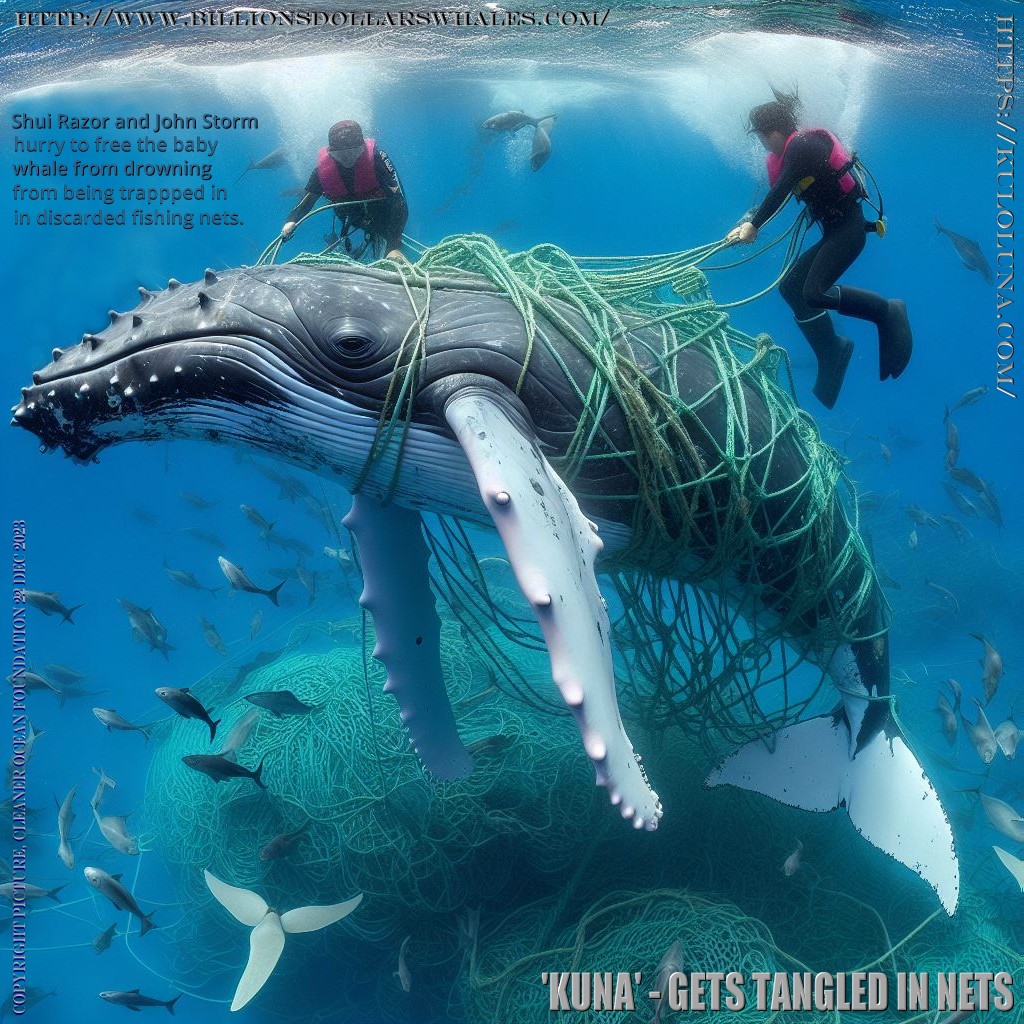
WHAT IS THE EU DOING?
The Marine Strategy Framework Directive (MSFD) requires EU Member States to ensure that, by 2020, "properties and quantities of marine litter do not cause harm to the coastal and marine environment".
They failed miserably. All kinds of micro particles, glass and plastic
have been ingested by shellfish. It's an ongoing problem, with
no solution in sight under present thinking.
Pollution of the seas from plastics and microplastics is one of the three major areas of the Strategy for Plastics, adopted by the Commission on 16th January 2018; most of the proposed Actions are directly or indirectly related to marine litter, including its international dimension.
Flagship initiatives against plastic pollution of the oceans, flowing from the Strategy are:
The Directive on Single Use Plastics and fishing gear introduces a set of ambitious measures:
- a ban on selected single-use products made of plastic for which alternatives exist on the market: cotton bud sticks, cutlery, plates, straws, stirrers, sticks for balloons, as well as cups, food and beverage containers made of expanded polystyrene and on all products made of oxo-degradable plastic;
- measures to reduce consumption of food containers and beverage cups made of plastic and specific marking and
labeling of certain products;
- extended Producer Responsibility schemes covering the cost to clean-up litter, applied to products such as tobacco filters and fishing gear;
- a 90% separate collection target for plastic bottles by 2029 (77% by 2025) and the introduction of design requirements to connect caps to bottles, as well as target to incorporate 25% of recycled plastic in
PET bottles as from 2025 and 30% in all plastic bottles as from 2030.
The Directive follows a similar approach to the successful 2015 Plastic Bags Directive, which brought about a rapid shift in consumer behaviour. When implemented the new measures will bring about both environmental and economic benefits, such as for example:
- avoid the emission of 3.4 million tons of CO2 equivalent;
- avoid environmental damages which would cost the equivalent of €22 billion by 2030;
-
save consumers a projected €6.5 billion.
And
they call that ambitious. Why not just ban single use plastics
in supermarkets? Maybe, because they are shareholders!
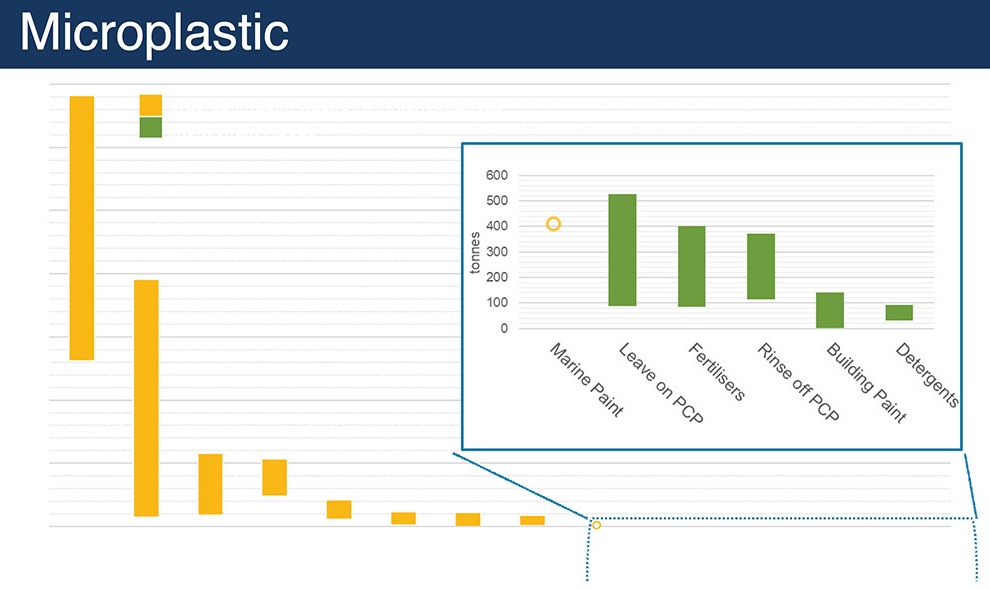
MEASURES
TO REDUCE EMISSIONS OF MICROPLASTICS RELEASES TO THE
ENVIRONMENT
ECHA, the EU Chemicals’ Agency, has published its restriction dossier; health and environmental risks posed by intentionally added microplastics justify an EU-wide restriction. ECHA’s Scientific Committees will now review the dossier and give their opinion on whether a restriction is needed; an EU-wide restriction could be in place by mid-2020.
Measures against microplastics generated during the life cycle of products, such as textiles, car tyres and pre-production plastic pellets are also being considered on the basis of another Commission study which also produced an estimation of quantities of microplastics generated from various sources.
The Port Reception Facilities Directive, aims, inter alia, to effectively address marine litter from shipping, including from fishing, by providing for financial incentives for delivery of waste to ports, better monitoring and enforcement of the mandatory delivery obligation and better management of this waste in EU ports in adequate port reception facilities.
What a joke. As if this could deal with 8-12 million tons a
year. They are away with the fairies.
The Ocean Governance Communication, adopted by the Commission in November 2016 puts the problem in a broader marine pollution and international context, and includes a list of actions.
IMPLEMENTING THE MARINE DIRECTIVE FOR LITTER
The abovementioned MSFD is the first EU legal instrument to address explicitly marine litter. Assessment of the status, target setting, monitoring, reporting and implementation of measures related to marine litter and microlitter are carried out in accordance with relevant MSFD provisions and have been further specified within a Commission Decision ( 2017/848/EU). The Commission assessment of the measures submitted by the Member States was published in July 2018. Implementation of MSFD activities against marine litter is supported by the MSFD Technical Group on Marine Litter, bringing together experts from Member States, Regional Sea Conventions, NGOs, roof organisations and scientific project leads. It acts as an advisory group to the policy process and links science with policy, providing guidance and recommendations on relevant issues such as e.g. harm caused by marine litter, sources of marine litter and riverine litter. Importantly, it has been tasked to develop baselines for quantities of and threshold values for harm from marine litter and microlitter, pursuant to the abovementioned Commission Decision.
The last report published by the JRC on the top 10 litter items most frequently found on European beaches reflects the monitoring results from the EU Member States and the Regional Seas Conventions and the analysis which was the basis for the Commission proposal on single use plastic items (see above)
The EEA has developed Marine LitterWatch, a citizen science based tool that can help fill data gaps relevant for policy, while raising awareness about the problem of litter and the policy response to it.
CONTRIBUTION OF OTHER EU POLICIES & LEGISLATION
While litter is a key marine environment and biodiversity challenge, its generation and prevention are linked to a variety of human activities and policy areas, such as waste and wastewater management, product design, shipping, fisheries policies, consumption and behavioural patterns.
Marine litter can be prevented efficiently through improved waste, in particular plastic waste, management, increased recycling, avoidance of single use products and product eco-design (e.g. plastic products designed to prevent littering, avoiding intentional use of microplastics in products) and through intensive education and awareness actions and campaigns.
Successful implementation of waste policy is therefore a prerequisite to avoid plastic litter entering the marine environment. A Directive to reduce the use of plastic bags, many of which end up as waste in the marine environment is being implemented.
The EU waste legislation has recently been amended aiming, inter alia, to halt the generation of marine litter and to strengthen the link between waste management and marine litter prevention. The amended Waste Framework Directive acknowledges that, since marine litter, in particular plastic, stems to a large extent from land-based activities, specific measures should be laid down in waste prevention programmes and waste management plans (see in particular Article 28 paragraph 3 (iii)(f) and Article 28 paragraph 5) . Those measures should be coordinated with the measures required under MSFD and the EU Water Framework Directive (Directive 2000/60/EC).
In order to protect and restore marine biodiversity and ecosystems in the framework of sustainable fishing activities, the European Maritime and
Fisheries Fund (EMFF) may support the collection of waste by fishermen from the sea such as the removal of
lost
or discarded fishing gear and marine litter.
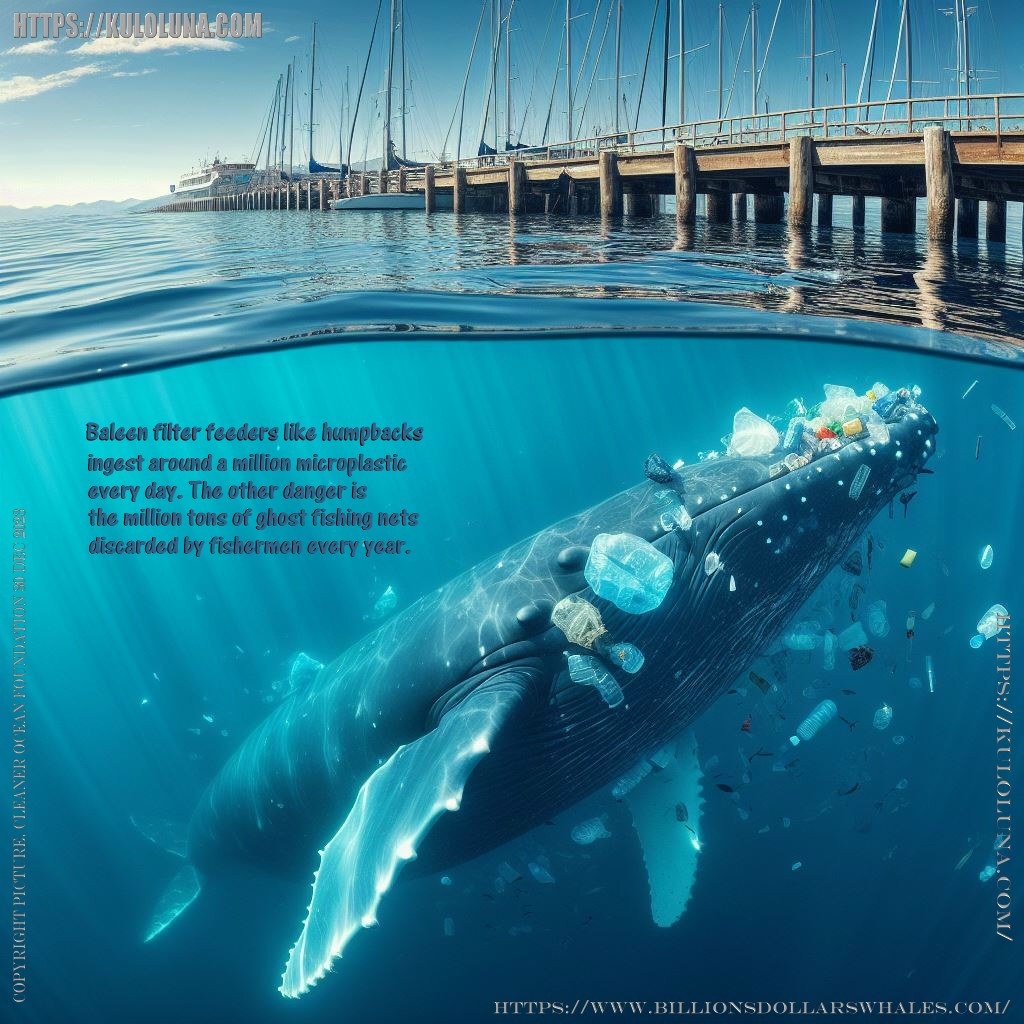
PROJECTS AND STUDIES
Besides the policy and legislative activities, the EU is dedicating substantial resources to better understanding and combating marine litter through a number of RTD or other projects, including enlargement neighbourhood funding (e.g. the H2020 initiative for the depollution of the
Mediterranean) and regional ( e.g. Interreg) funding.
The impact assessment of the Commission proposal on the single use plastics was supported by a dedicated study, available here.
Marine Litter Projects Funded under FP7 and Horizon
2020, the EU Research and Innovation Programme (2014-2020). More recent examples include TOPIOS, SeaChange and ResponSeable. Marine Litter Projects Funded under FP7 and Horizon 2020.
Predictably, none of these sideshows had any significant
effect on the millions of tons pouring into the ocean each
year.
The
fact is, you cannot deal with ocean plastic, by measuring or
monitoring it. You have to either physically act to bring
about a reduction, as in harvesting the mess. Or, politically
act to make it a statutory crime. And even then, you need to
police the system.
Talk
is cheap!
ONGOING OR RECENTLY FINALISED PROJECTS INCLUDE
A project for coordinating methodologies for monitoring impacts of litter on sea turtles and other marine animals was finalised in February 2019 (INDICIT). A comprehensive study to support the development of measures to combat a range of marine litter sources was carried out in 2016.
The LIFE Programme also supports related projects such as SMILE, AMMOS, GHOST, LIFE DEBAG (Integrated information and awareness campaign for the reduction of plastic bags in the marine environment), LIFE LEMA (Intelligent marine litter removal and management for local authorities), and MERMAIDS, LIFE SouPLESS (NL) – is about sustainable riverine plastic removal and management, while CLEAN SEA LIFE, focuses on awareness raising.
The Blue Economy call 2017 resulted in 5 projects on marine litter with the aim to develop new technologies and monitoring approaches.
AWARENESS RAISING AND BEHAVIORAL CHANGE
Awareness raising resulting in behavioural change, especially among young people, is an integral part of any meaningful strategy against marine litter, it includes the understanding that prevention is the only long-term solution to pollution and that the contribution of all, according to their competences and capabilities, is necessary. The
EU not only finances dedicated projects focused on awareness raising but also requires dissemination and communication activities in almost all EU-funded projects against litter.
The Commission launched an awareness-raising campaign to highlight citizens' role in
combating plastic pollution and marine litter; together with the
United Nations
Environment Programme and other partners the Commission coordinates a global network of aquariums to raise public awareness about plastic pollution.; on the occasion of World Cleanup Day, some 50 EU delegations and representations joined NGOs, embassies, schools and volunteer networks to organise
beach clean activities across the world.
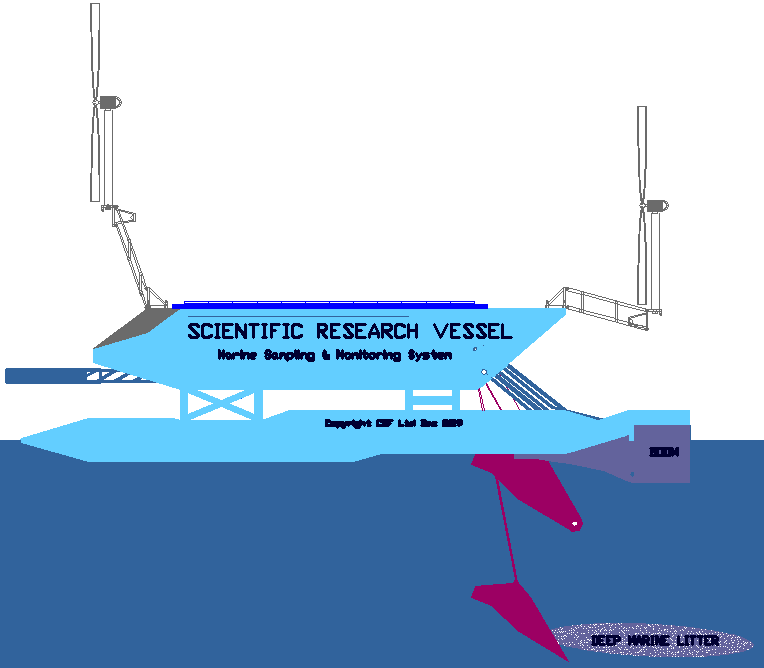
Nothing
like this coastal and river cleaning machine, will ever see
the light of day, with so many vested academic interests siphoning
off funding. Mostly, examiners have tunnel vision. By the
time things are desperate enough, with people starving, to the
point where they might consider eating
the politicians who caused their pain, it will be too
late. They might also want to eat the myopic academics - as
payback. Then elect people of action who care enough, to
actually get the job done. This concept, never got past TRL1.
The academics said it had been developed. Underscoring their
almost complete lack of grasp on reality. Basically, the pot
had already been set aside for those in the fold. The EU is
rife with tides of corruption, and awash with a lack of
transparency. The UK is no better, a waning Empire built on
slavery, the same applying to many other colonizers. They all
out for a free lunch. In this case dumping waste in the ocean,
without financial penalty. Follow the money to find the
pollution criminals. They lurk in strange places, not
necessarily the captains of trawlers who let nets go, but
those who fail to take action to stop those aberrant
fishermen. The ocean is not policed, and they like it that way
to keep fish cheap. They said no to the robotic policeman of
the seas.
AROUND THE EU
Within the Regional Seas Conventions around Europe, action plans on marine litter are finalized and under implementation
(Mediterranean and Northeast
Atlantic) and
(Baltic) or starting
(Black
Sea). They focus on prevention or reduction of marine litter address both land- and sea-based sources of marine litter, through a range of actions at national or regional level such as improved waste and waste water management, port reception facilities, targeted fishing for litter, education, awareness raising and outreach activities. The EU participates actively in the development and implementation of these action plans and promote their coordination. For example a project supporting implementation of the Regional Plan against marine litter of the Barcelona Convention in ongoing until December 2019; inter alia, it contributed to the development of a Regional Action Plan against marine litter in the Black Sea.
Other relevant major EU-funded projects in the Mediterranean include the Plastic Busters –investigating impacts of plastic litter on marine life and ways to reduce it, ACT4LITTER, which developed proposals for measures to protect ecosystems in marine protected areas from litter pollution and WES
– (Water and Environment Support in the Southern Mediterranean
region) In the northeast Atlantic area, two major projects were launched in 2017 : CleanAtlantic improves capabilities to monitor, prevent and remove (macro) marine litter and Oceanwise aims to develop a set of
long term measures to reduce the impact of expanded polystyrene products (EPS)
In the Baltic, FanpLESStic aims at preventing and decreasing the pollution from microplastics while the Blastic project maps sources and pathways and supports monitoring, with a focus on urban areas.
In the
Black
Sea, the EMBLAS project supports monitoring programmes, including for marine litter, throughout the Black Sea.
ON A GLOBAL LEVEL
The EU participates actively and contributes substantially to international efforts for preventing and reducing marine litter and for mitigating its impacts, including through development aid and other financial instruments, such as the Partnership Instrument.
G7
The G7 Summit adopted in June 2015 an Action Plan, covering land and sea-based sources of marine litter, awareness raising and outreach, as well as removal actions and the G20 countries adopted their Action Plan in 2017.
The 4th UN Environment Assembly adopted in March 2019 resolutions aiming to tackle ocean pollution from plastics and microplastics; and from single use plastic products
The International Maritime Organization (IMO) adopted an action plan, to contribute to the global solution for preventing marine plastic litter entering the oceans through ship-based activities.
The EU has also undertaken a number of commitments under the last (2018) Our Oceans Conference.
Again, failing miserably.
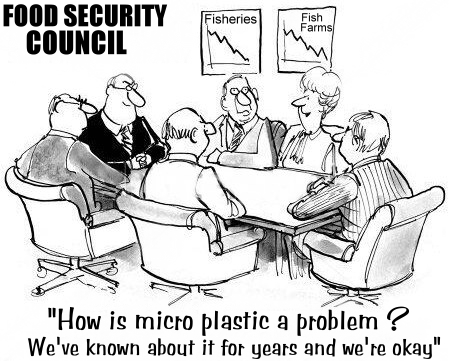
ACCUMULATION OF LITTER IN THE OCEANS
Great accumulation zones occurring in oceanic gyres are sometimes also referred to as a "plastic soup" of waste. . More recent research reveals that most of the plastic litter there is actually microplastics and not large piles of material forming "islands", whereas, it is assumed, most of the plastic released in the ocean finds its way to the sea floor. Concentration of litter is high also on the beaches. Furthermore, the problem is far from limited in subtropical regions and affects seas around Europe. For example, the
Mediterranean displays a plastic particle distribution and density largely equivalent to that found in the 5 global gyres. The sources are mainly land-based and associated with poor waste (in particular plastic) and wastewater management.
MICROPLASTICS
Microplastics (in principle items smaller than 5mm) are of particular concern due to their potential toxicity and size, and consequent harm to the animals that ingest them. Although the consequences of plastic build-up in the food chain are not fully known yet, human-health concerns are being raised, since many of the marine animals affected end up on our plates as seafood. Recent EU-funded research in the Mediterranean revealed that more than 80% of marine litter items collected were microplastics. It further showed that even relatively clean rivers with thinly populated catchment areas (just 250,000) can transport as many as 50 billion microplastic particles annually. We also find significant loads of microplastics in analyses of plastic pollution in ice cores in the Arctic.
Used directly in products (such as exfoliants or industrial abrasives), fragmenting from larger pieces of plastic waste, or generated during the use of products (for example when washing clothes or by car tyre abrasion) and carried by sewage, microplastics are released and accumulate in the marine environment.. The scientific literature in relationship to sources, pathways and impacts of microplastics is already substantial and constantly growing. A high-level scientific opinion was on 'Environmental and Health Risks of Microplastic Pollution' was published recently in the EU.
UNEP PUBLICATIONS
Following a request from the first UN Environment Assembly produced in 2016 a study on marine plastic litter and microplastics and a second one in 2017 related to international governance on marine litter.
Closely related to this study are the UNEP Marine Litter Vital Graphics.
GESAMP, an advisory body consisting of specialized experts on marine environmental pollution presented recently its Guidelines for the Monitoring and Assessment of Plastic Litter in the Ocean.
The Biodiversity Convention issued reports on marine litter impacts.
LINKS
& REFERENCE
https://ec.europa.eu/environment/marine/good-environmental-status/descriptor-10/index_en.htm
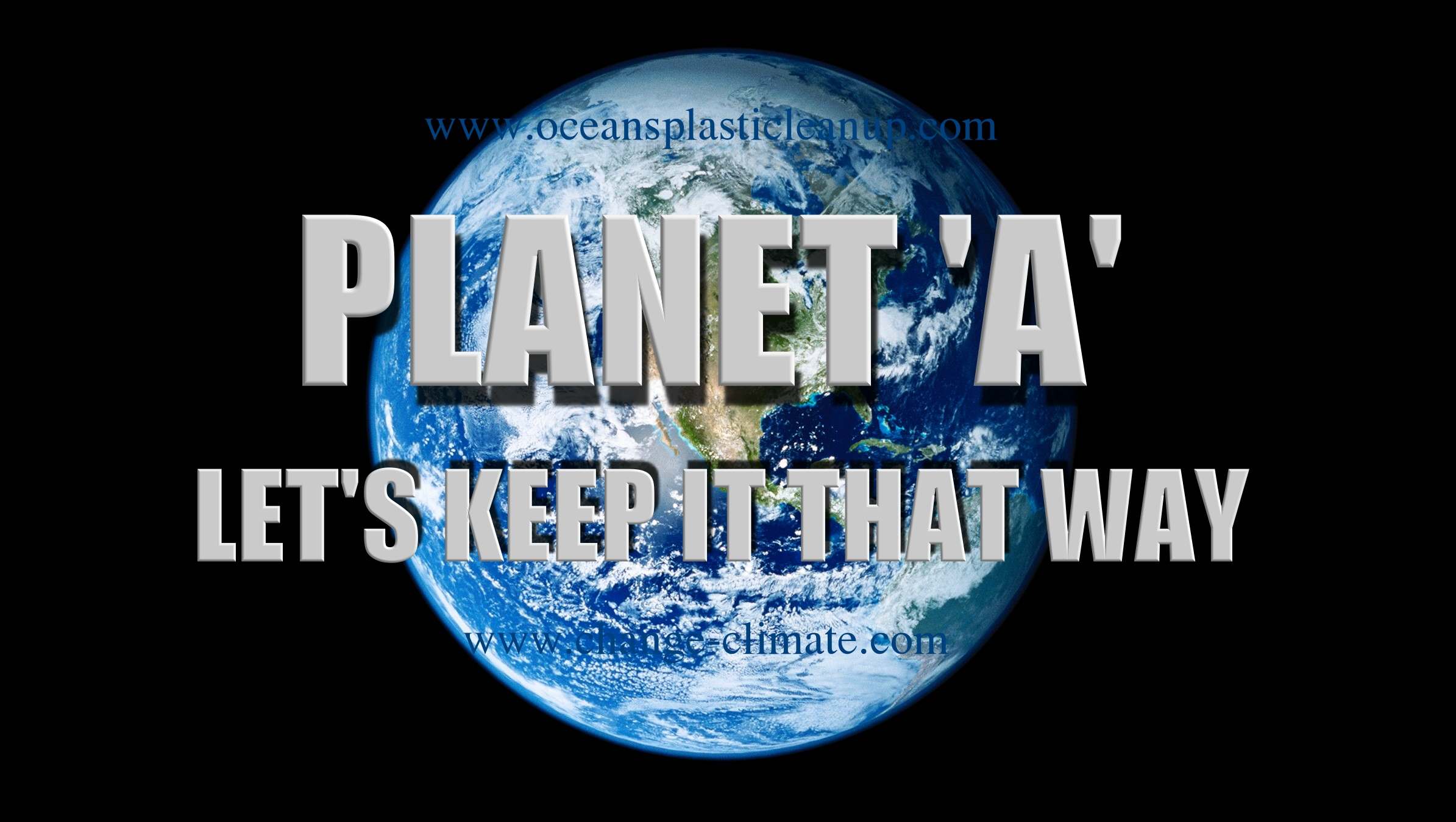
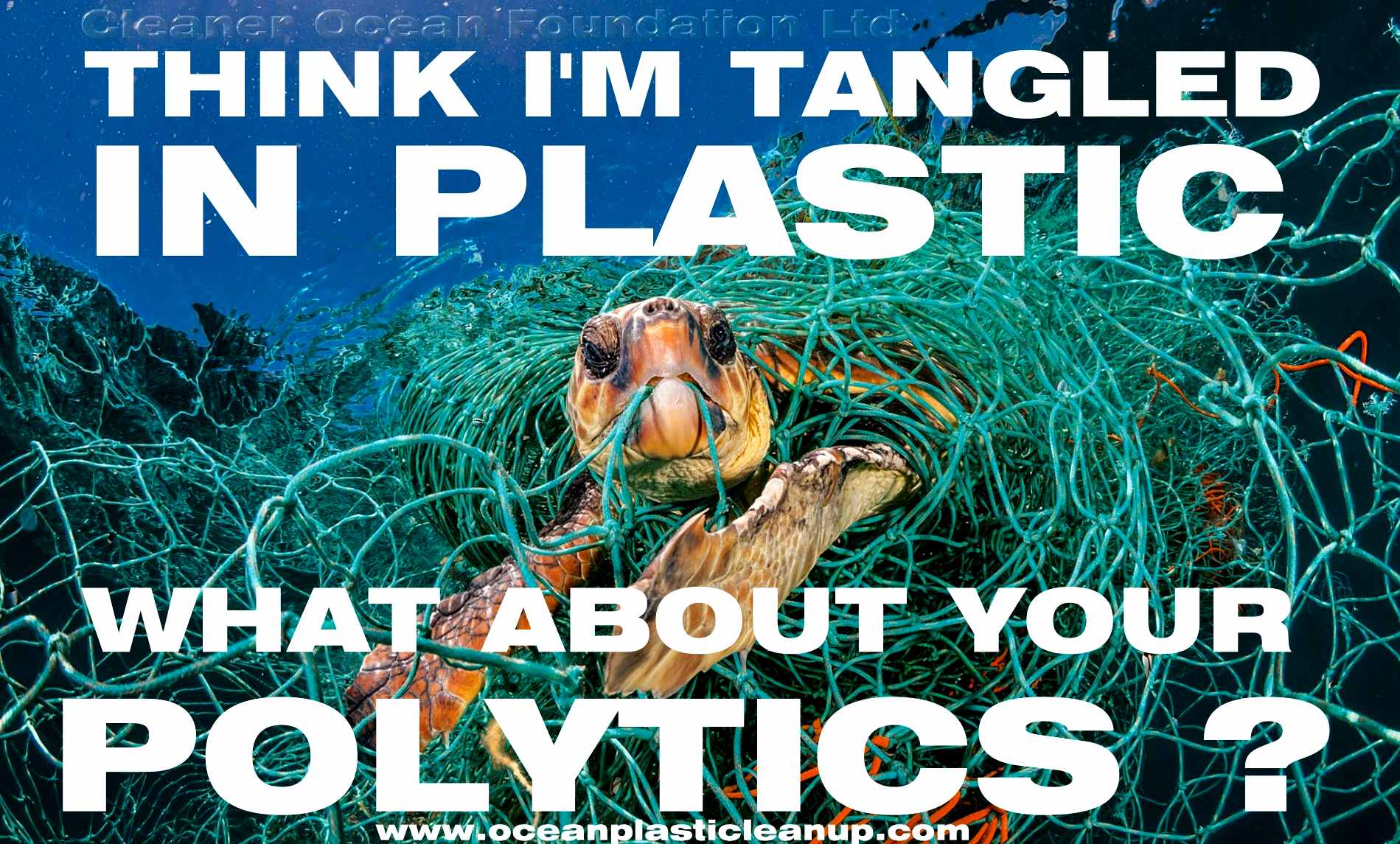
ARE
PLANET
EARTH'S POLICIES WORKING? - If
they were, we'd not have plastic poisoning the marine
environment, or global
warming. The problem is world leaders rely too much
on fossil fuels and do not want to rock the boat until there
is a solid backup plan, but the backup plan involves change.
And that frightens them to stay put even though the water is
already bubbling.
We cotton to
that. Nobody likes change. But instead of
overheating the planet and killing life undersea with toxic plastic, surely
it would make sense to brave the new world and accelerate the adoption of
renewables and a society that cleans up after itself. We need
new sustainable infrastructures to save PLANET A and a gradual
changeover plan that sits well with stakeholders. Not to have
the infrastructures ready is suicide politics - the way of the
Dodo.
This website is
provided on a free basis as a public information service. copyright © Cleaner
Oceans Foundation Ltd (COFL) (Company
No: 4674774)
2024.
Solar
Studios, BN271RF, United Kingdom.
COFL is
a not for profit company without share capital.
|


